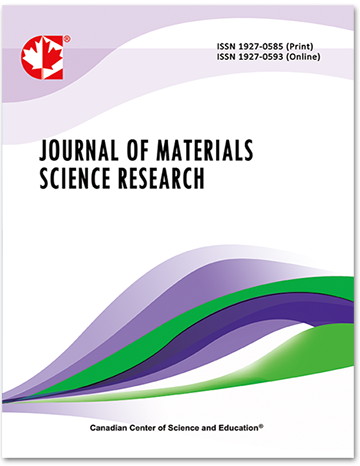A Review on Reducing Graphene Oxide for Band Gap Engineering
- Muge Acik
- Yves Chabal
Abstract
Exfoliation, i.e. individual separation of carbon sheets, is of great interest to produce single-layered graphene nanosheets. Chemical or thermal treatments are popular approaches to exfoliate graphite chunks. In general, these conventional methods are assisted with intercalation via covalent or non-covalent functionalization, expansion, and swelling, adsorption of organic molecules in gas phase, solid nanoparticle insertion or direct molecular exfoliation. However, direct covalent modification of graphene is challenging and the zero-band gap of graphene limits its use in field-effect transistors in nanoelectronics. Therefore, the use of a band-gap tunable p-type semiconducting reduced graphene oxide (rGO) is an alternative route. There are several approaches to tune its band gap, including tailoring the chemistry. Critical parameters include the control of oxygen amount determined by the degree and time of oxidation and reduction conditions (e. g. temperature), often leading to nonstoichiometry. This short review therefore highlights the production of rGO focusing primarily on the effect of thermal treatmenton the nature and the role of oxygen during thermal exfoliation of GO. The impact of oxygen functionalization on the modulation of the band gap is also reviewed for chemically and thermally reduced GO, as well as chemically treated rGO followed by a thermal exfoliation.
- Full Text:
 PDF
PDF
- DOI:10.5539/jmsr.v2n1p101
Journal Metrics
Impact Factor 2022 (by WJCI): 0.583
Google-based Impact Factor (2021): 0.52
h-index (December 2021): 22
i10-index (December 2021): 74
h5-index (December 2021): N/A
h5-median (December 2021): N/A
Index
- CAS (American Chemical Society)
- CNKI Scholar
- Elektronische Zeitschriftenbibliothek (EZB)
- EuroPub Database
- Excellence in Research for Australia (ERA)
- Google Scholar
- Infotrieve
- JournalTOCs
- LOCKSS
- NewJour
- PKP Open Archives Harvester
- Qualis/CAPES
- SHERPA/RoMEO
- Standard Periodical Directory
- Universe Digital Library
- WJCI Report
- WorldCat
Contact
- John MartinEditorial Assistant
- jmsr@ccsenet.org
